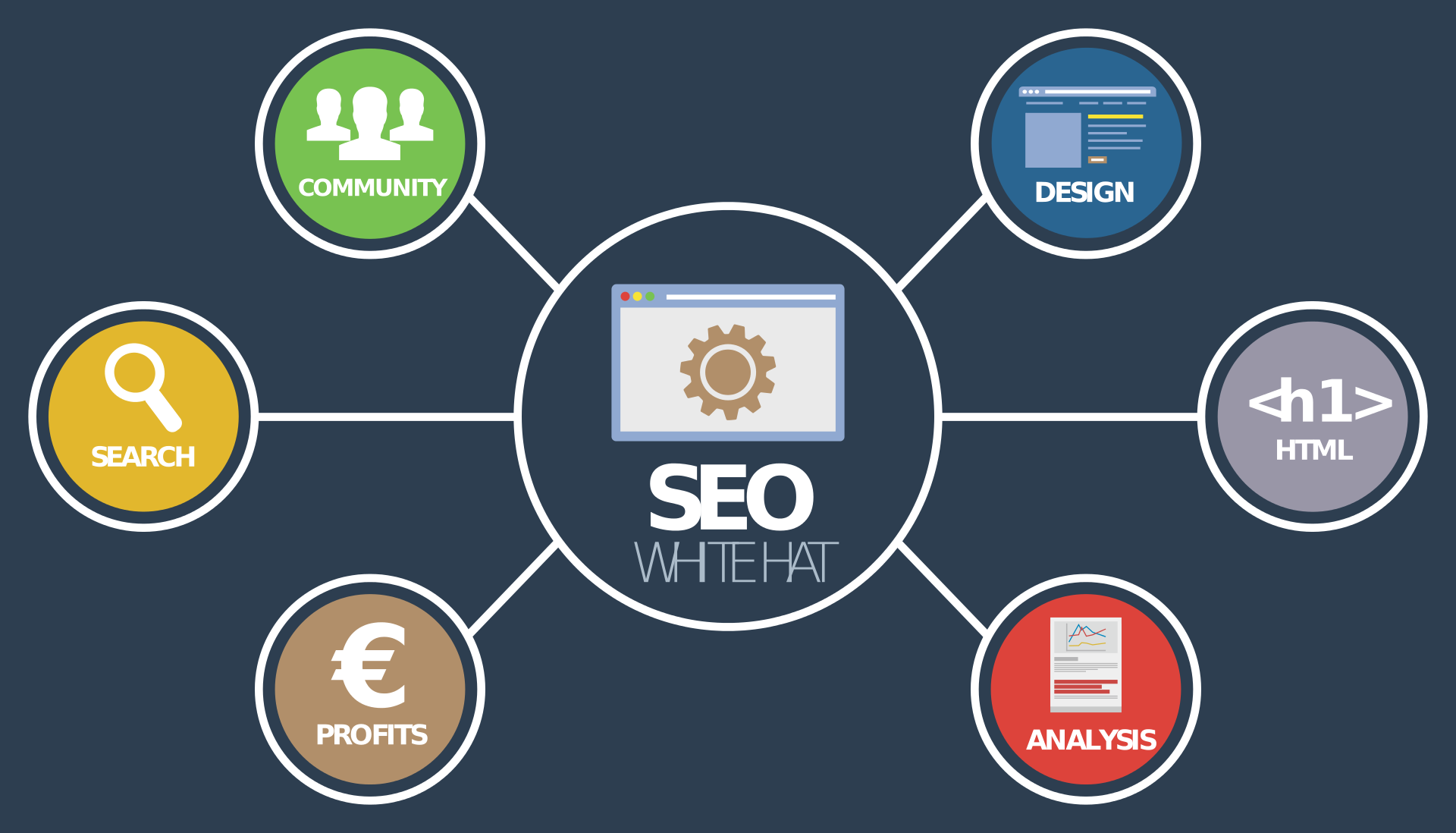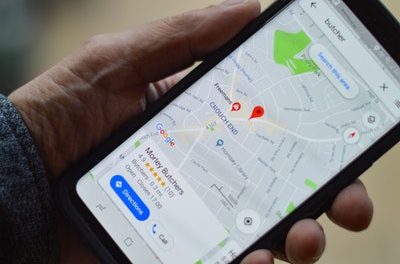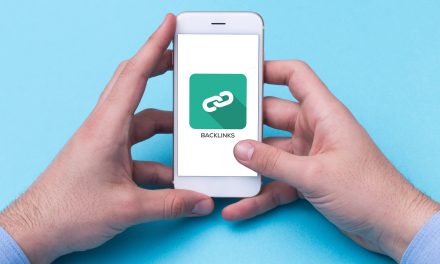
Use Direct Response Advertising to Complement Inbound Marketing

The top marketing challenge for 63 percent of companies is getting traffic and leads. Is your business one of them?
Often the problem is a marketing strategy based on one approach. The fact is, successful marketing combines several methods to find and connect with potential clients.
Do you want to learn how to engage your target audience? Keep reading.
This article explains why direct response advertising plus inbound marketing yield impressive results.
Direct Response Advertising at a Glance
Direct response describes the type of ad messaging, not the medium used to communicate it.
Direct response advertising asks for a direct, immediate answer from the audience.
This advertising contains more information than a promotion or brand recognition ad. It digs deeper to explain how the product and services solve specific problems.
Direct response ads make a distinct offer. When people respond, they save money, receive a bonus, or gain access to inside information. The potential client must reply using a specific method to get the deal.
The request may occur in traditional media, digital media or both. For example, the ad instructs the consumer to respond via:
- Toll-free number
- Coupon
- Business reply card
- Internet link
- Online subscription form
- PDF download
- Request for more information
Each response method is tracked to gauge if the advertising works. When consumers use coupons, opt-in to a newsletter, or call a toll free number, the message is effective.
Use the following guidelines to build powerful direct response ads:
Characteristics of Effective Direct Response Ads
The best advertising is clear and easy to understand. The person reading it doesn’t have to guess what it means. They know immediately that the product will solve a problem or fulfill a desire.
Clarity is essential if you want a quick, definitive response from the consumer.
Here are the key elements in effective direct response advertising:
A Compelling Offer
You must tell the consumer how your product will solve problems. Why does it improve their lifestyle?
A Reason to Respond Immediately
Use an end date, a limited number of offers, or another deadline to make people respond.
Clear Directions
Tell prospects what you want them to do next. If people are confused, they won’t reply.
Measurable Responses
The beauty of direct response is you know when it works. People will react to your offer, or they won’t. If you sell products then your strategy works.
Track and measure the messages that appeal to your audience. Use the data to determine advertising spending and the best return on investment.
Follow Up
Direct response isn’t about a single sale. When a consumer responds to your ad, it’s the beginning of a relationship, not the end.
It’s a continuing conversation between your company and the consumer. Stay in touch to build a community of loyal, long-term customers.
Nurture your leads for positive word-of-mouth advertising, recommendations, and future purchases. These low and no-cost interactions will increase sales.
Strong Copywriting and Calls to Action
You must write compelling ad copy to get potential clients to act right away.
Choose words that describe the pain caused by the consumer’s problem. Then, explain how your product offers relief and a resolution to their dilemma.
Always, always, always include a call to action. Tell your audience how to respond.
Consistent Messaging
Follow your company’s brand guidelines in all direct response advertising. Use consistent, identifiable messages to reinforce brand recognition. You want consumers to know your company is making the offer.
Prepare your direct response ads with these key elements to improve reply rates.
Now, let’s discuss inbound marketing.
Inbound Marketing
Inbound marketing refers to ways the customer finding the company.
This is different than competing for the consumer’s attention on various platforms. Instead, the company attracts consumer leads by posting information on the internet.
The information must be reliable, relevant, and useful or it won’t appear in search results.
All this information is known as content. Here are some examples of inbound marketing content:
- Featured stories
- News articles
- Blog posts
- Infographics
- Videos
- Podcasts
- Online books, eZines, and newsletters
- Formal white papers
- Webinars
- Presentations
Content is posted on the company’s website, social media, and trustworthy sites.
Links in the content lead interested people to the company’s website. Once there, they get more information or buy the product.
Each piece of content is search engine optimized. In other words, it contains relevant information, plus words and phrases people use when they search online for the product.
Optimized content appears in search engine results. The increased visibility online and drives traffic to the company’s website.
This is an easy, natural way for consumers to discover your business. But it isn’t the only way.
Inbound Techniques Complement Direct Response
Most content platforms used for inbound marketing are free.
Facebook, Twitter, Instagram, Pinterest, YouTube, and many blogging platforms don’t charge to use them. This is an effective way to enhance other marketing efforts.
A combination of inbound marketing and direct response ads produce the best results. Each method reinforces messaging in the other.
Direct Response and Inbound Marketing are a Great Combination
It’s a mistake to think that you don’t need direct response advertising because you use inbound marketing.
Inbound marketing techniques lead consumers to your business website. Once there, your content conveys what they want and need to know.
Your potential clients discover products, learn about the company, and see customer reviews. When you add on-site direct response offers you convert more visitors into customers.
You also can use direct response ads to send consumers to your website. For example, TVA Media Group direct response advertising generates calls and website traffic for businesses. Consumers see direct response TV ads and are compelled to visit the website.
The best results combine direct response and inbound marketing techniques.
After the sale, follow up with more content and direct response offers to nurture those leads. You’ll soon create a community of loyal customers.
Ready to Learn More?
Without a doubt, direct response advertising can take your business to the next level. Contact us to learn more about SEO and link building.
You’ll learn to generate web traffic and convert window shoppers to buyers. Act now to gain a competitive edge!











































